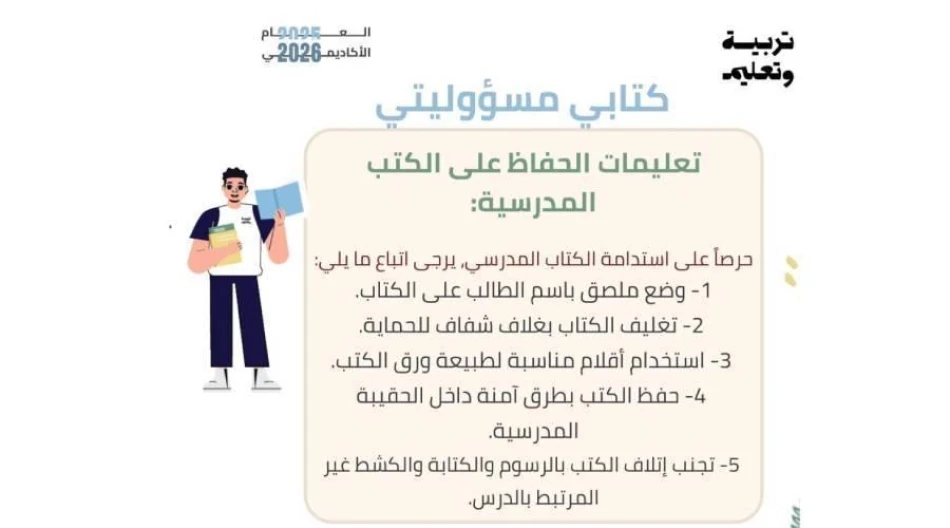
Preserving Your Textbooks: 5 Essential Tips for Students
Government Schools Crack Down on Textbook Care as Educational Costs Rise
Public schools have issued strict new guidelines requiring students to maintain textbooks throughout the academic year, introducing financial penalties for deliberate damage while offering replacement options for accidental loss. The move reflects growing pressure on educational budgets and signals a shift toward greater student accountability in resource management.
New Standards Target Student Responsibility
School administrations have distributed comprehensive circulars to students and parents outlining specific preservation requirements designed to extend textbook lifecycles. The guidelines mandate several protective measures including name labeling, transparent cover wrapping, and appropriate writing instrument selection based on paper quality.
Students must now store books safely within school bags and avoid unauthorized markings, drawings, or scratching unrelated to coursework. These requirements represent a more structured approach to educational resource management compared to previous informal expectations.
Financial Accountability Measures
The new policy establishes a two-tier system for textbook replacement that distinguishes between accidental and intentional damage. Students experiencing unintentional loss or damage can submit formal requests to school administration for case-by-case review and potential free replacement.
However, deliberate damage triggers immediate financial responsibility. Students or parents must purchase replacements directly from authorized suppliers through designated online platforms, covering full costs independently of school budgets.
Economic Pressures Drive Policy Shift
This initiative reflects broader economic pressures facing public education systems globally. As printing and material costs continue rising, educational institutions increasingly view textbook preservation as essential budget management rather than optional student courtesy.
The policy mirrors similar approaches adopted across Gulf states, where governments balance educational accessibility with fiscal responsibility. Singapore and several European countries have implemented comparable textbook accountability systems, reporting significant cost savings and improved student responsibility.
Market Impact and Vendor Relations
The direct-purchase requirement for damaged textbooks creates a streamlined revenue channel for authorized educational suppliers. By directing families to specific vendors through official school communications, the policy establishes clearer market relationships while removing replacement costs from institutional budgets.
This approach potentially reduces administrative burden on schools while ensuring consistent textbook availability throughout the academic year. Educational publishers benefit from predictable replacement demand, enabling better inventory management and pricing strategies.
Long-term Educational Implications
Beyond immediate cost considerations, these guidelines aim to cultivate responsibility and resource consciousness among students. Educational psychologists suggest that material accountability can enhance learning engagement and develop practical life skills relevant to adult financial management.
The policy's success will likely influence similar initiatives across the region's educational sector. Early implementation feedback may determine whether other school systems adopt comparable textbook preservation requirements or develop alternative resource management strategies.
Most Viewed News

 Omar Rahman
Omar Rahman






